20+ SAMPLE Employee Notice
-
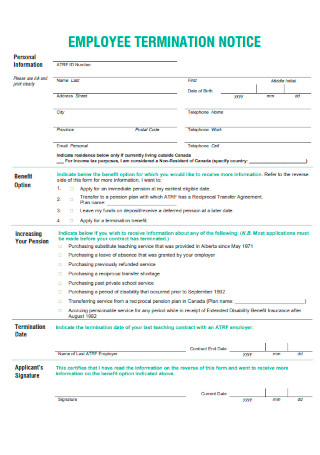
Employee Termination Notice
download now -
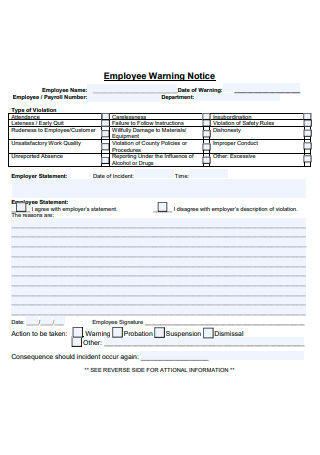
Employee Warning Notice
download now -
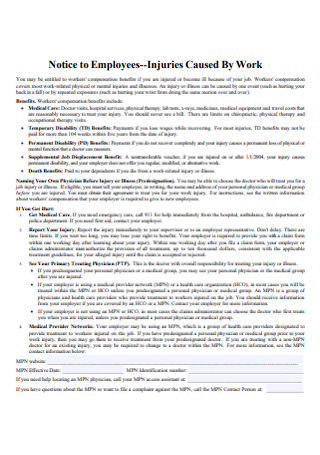
Notice to Employees Injuries Caused by Work
download now -

Employee Counseling Notice
download now -
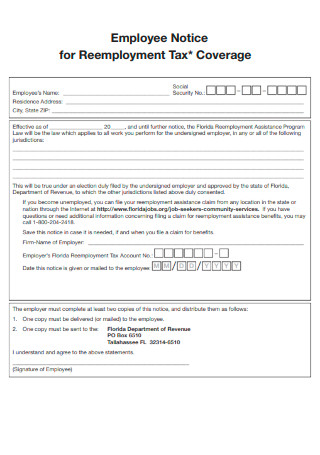
Employee Notice for Reemployment Tax Coverage
download now -
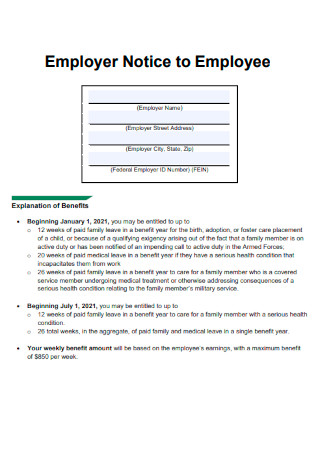
Employer Notice to Employee
download now -

Employee Notice Face Coverings
download now -
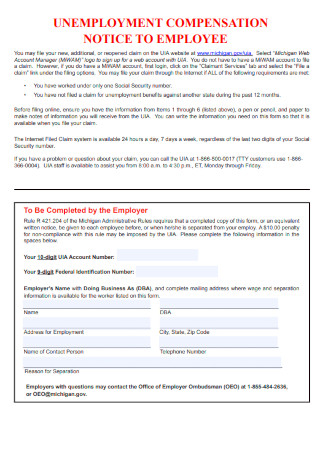
Unemployment Compensation Notice to Employee
download now -
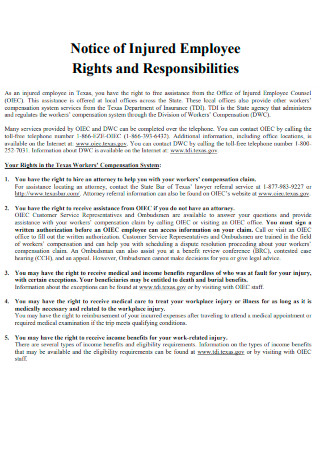
Notice of Injured Employee Rights and Responsibilities
download now -
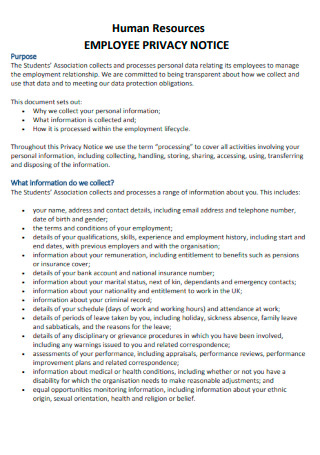
Human Resource Employee Privacy Notice
download now -
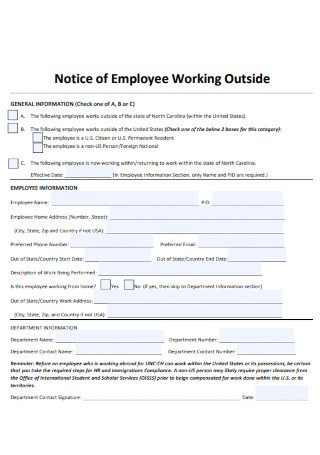
Notice of Employee Working Outside
download now -
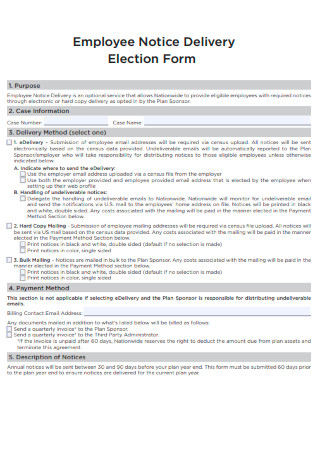
Employee Notice Delivery Election Form
download now -
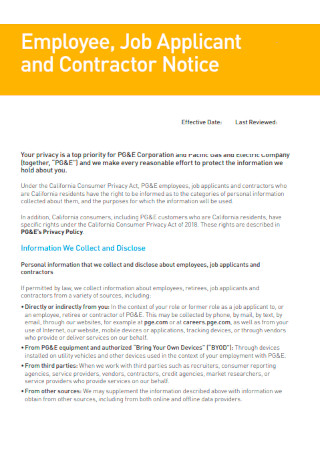
Employee Job Applicant and Contractor Notice
download now -
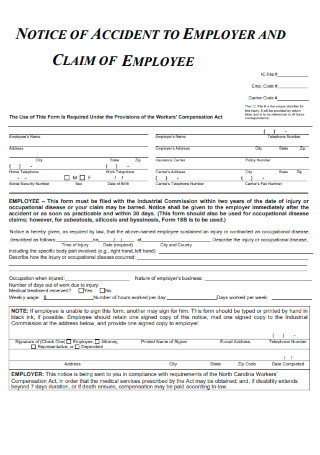
Notice of Accident to Employer and Claim of Employee
download now -
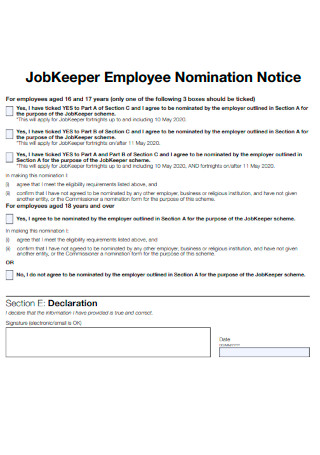
JobKeeper Employee Nomination Notice
download now -
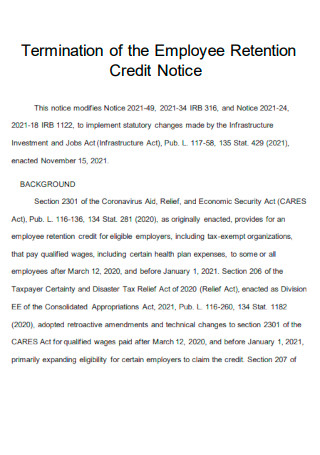
Termination of the Employee Retention Credit Notice
download now -
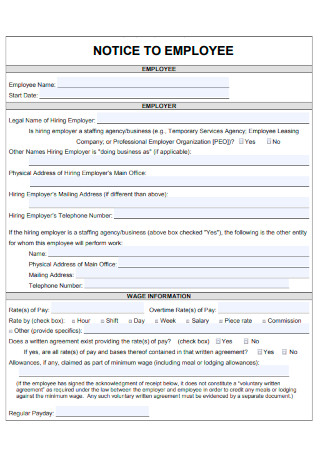
Editable Employee Notice
download now -
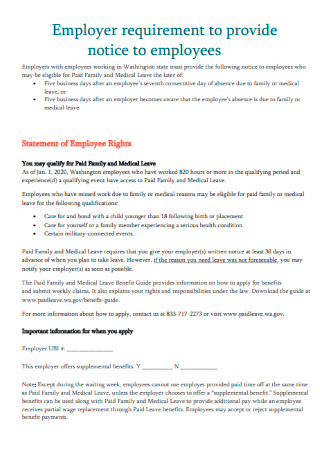
Employer Requirement to Provide Notice to Employees
download now -
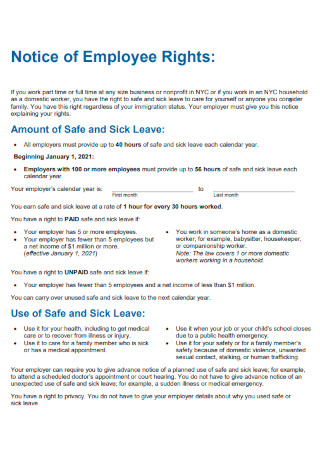
Notice of Employee Rights
download now -
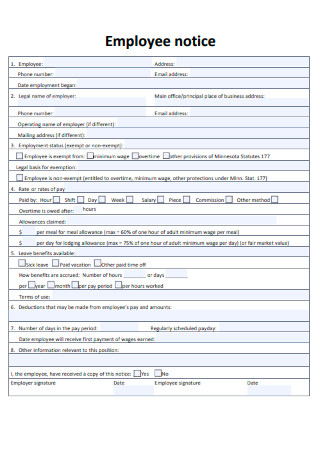
Sample Employee Notice
download now -
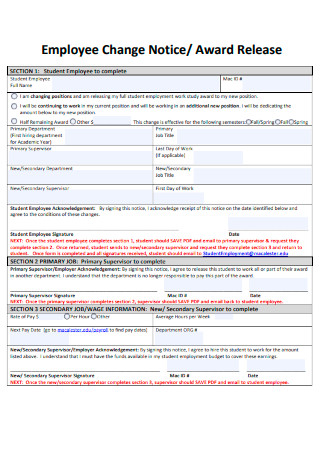
Employee Change Notice & Award Release
download now
FREE Employee Notice s to Download
20+ SAMPLE Employee Notice
What Is an Employee Notice?
Types of Employee Notice
What To Do If You Receive an Employee Notice
How to Create an Employee Notice
FAQs
What is an employment notice?
How do I write an employee notice?
Do you have to give two weeks notice in Minnesota?
What Is an Employee Notice?
An employee notice is a written formal notice that is either handed to or submitted by an employee of a company or organization. Employee notices can have different objectives and purposes including disciplinary action and job separation.
According to an online article by the Society for Human Resource Management, around 47.8 million workers left their jobs in 2021. That figure means about an average of 4 million employees had quit their jobs each month.
Types of Employee Notice
As stated earlier, there can be different types of employee notices with each type serving a specific purpose or goal. The following are some primary examples of common and widely-used employee notices.
What To Do If You Receive an Employee Notice
Receiving an employee notice can be a cause for concern for many. But you do not have to overreact or jump to conclusions the moment you do. It is possible to keep a level-headed attitude and assess the situation in an objective manner.
How to Create an Employee Notice
An employee notice, like any other formal notice, does not necessarily need to be long. It is best to keep it short and direct to the point. And with a predesigned template, you can save more time and energy and won’t have to worry about using the right format. Simply choose a suitable template from the selection above and follow the step-by-step tutorial guide below.
Step 1: Identify the Objective
The first step is to establish the objective of the employee notice. As discussed in detail in the previous sections, there are different types of employee notices. You need to find the one that suits your objective or purpose. If you need to call the attention of an employee for violating company policy, an employee warning notice for disciplinary notice would be most suitable. If you see an employee struggling in his or her work performance, functions, and interpersonal relationships, it might be best to issue an employee counseling notice to get the help they may need. Whatever the objective of the employee notice, it is important to identify it right from the start because it will determine the content of the notice.
Step 2: Address the Employee
After establishing the objective of the employee notice, the next step is to identify the recipient of the notice. Similar to a formal letter or business letter, you need to cite the recipient at the beginning. In other words, who is the notice addressed to? Make sure to indicate the employee’s full name and their designation or department. It is standard procedure to address any employee professionally and respectfully. So using a title such as ‘Ms.’ or ‘Mr.’ is a common practice. In addition to the recipient line, you can also include a subject line as part of the introduction. Much like the format of a memo, the date, the recipient’s complete name, and the subject of the notice are all stated.
Step 3: State the Reasons
The main content of your employee notice should focus on the reasons for giving the notice. It is important to let the employee understand what the implications are. Depending on the type of employee notice, it can contain anything from terms and conditions to tasks that the employee must attend to. For example, if it is an employee disciplinary notice, you can also describe the consequences and implications of the employee’s actions. It is important to keep it direct and straightforward but also objective and clear enough that the employee can comprehend the matter.
Step 4: End With a Firm Reassurance
To close your employee notice, it is best to use a professional and authoritative tone. But it is also equally important to reassure the employee that you are there to assist them if they need help. As a closing paragraph or sentence, you can state that you are open to entertaining any questions they may have or concerns they may want to raise. Assure the employee that any clarifications or questions are welcome. Although You can likewise leave your contact number or email address just to keep the lines of communication open. If the employee does reach out, it is your duty to act professionally and to keep an open yet objective mind.
FAQs
What is an employment notice?
An employment notice is a formal notice that explains an employee’s work terms and other conditions related to his or her status of employment.
How do I write an employee notice?
To write an employee notice, you first need to determine the objective of the notice, identify the recipient then provide the reasons or terms of the notice.
Do you have to give two weeks notice in Minnesota?
In the State of Minnesota, it is not required by law to hand in a two weeks notice upon separation of an employee.
An employee notice is a basic human resource management form. It helps drive a point and clarify matters when it comes to employee relations. Browse the dozens of printable employee notice templates above and customize your own notice today!
